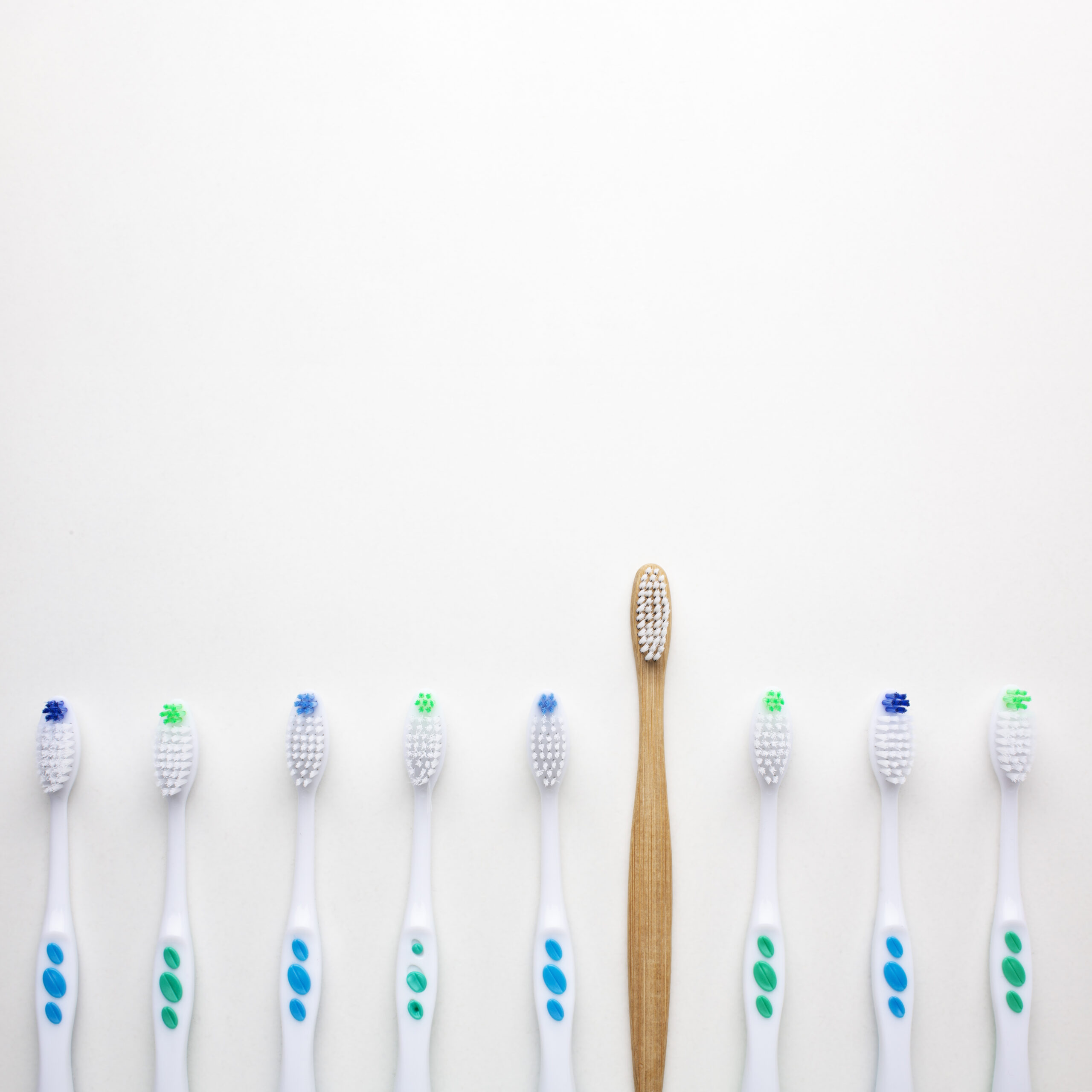Maintaining excellent oral hygiene is crucial for overall health, but it often requires more than just regular brushing and flossing. One innovative solution that has gained popularity in recent years is the self-sanitizing toothbrush. These advanced toothbrushes are designed to enhance oral health by incorporating built-in sanitization features. In this article, we’ll explore how self-sanitizing toothbrushes work, their benefits, various types, and how to choose the best one for your needs.
Understanding Self-Sanitizing Toothbrushes
Self-sanitizing toothbrushes are equipped with mechanisms that automatically clean the brush head, reducing the buildup of bacteria and germs. This feature helps maintain the brush’s cleanliness and prolongs its effectiveness. There are several technologies used in these toothbrushes to achieve effective sanitization.
How Self-Sanitizing Toothbrushes Work
Self-sanitizing toothbrushes typically use one or more of the following technologies to ensure cleanliness:
1. Ultraviolet (UV) Light
Ultraviolet (UV) light is one of the most common sanitization methods in self-sanitizing toothbrushes. UV-C light, in particular, is effective at killing bacteria, viruses, and fungi by disrupting their DNA or RNA. The process involves:
- Sanitization Chamber: The toothbrush head is placed in a chamber that emits UV-C light. This chamber is designed to thoroughly expose the brush head to UV light, ensuring that all surfaces are sanitized.
- Automatic Timer: Many UV self-sanitizing toothbrushes have built-in timers that ensure the brush head is exposed to UV light for an adequate duration. This guarantees effective disinfection.
2. Ozone Sanitization
Ozone sanitization is another method used in some self-sanitizing toothbrushes. Ozone (O₃) is a powerful oxidizing agent that can kill microorganisms. The process involves:
- Ozone Generation: The toothbrush is placed in a chamber where ozone gas is generated. The ozone reacts with and destroys the cell walls of bacteria and viruses.
- Disinfection Cycle: Ozone sanitization often takes longer than UV sanitization but is highly effective in eliminating pathogens.
3. Antimicrobial Coating
Some self-sanitizing toothbrushes feature antimicrobial coatings on the brush head or handle. These coatings contain agents that inhibit the growth of bacteria and fungi. The benefits include:
- Reduced Microbial Growth: The antimicrobial coating helps prevent the accumulation of bacteria and mold on the brush.
- Enhanced Hygiene: While not as thorough as UV or ozone sanitization, antimicrobial coatings contribute to overall hygiene.
4. Steam Sanitization
Steam sanitization uses high-temperature steam to disinfect the toothbrush head. The process includes:
- Steam Generation: The toothbrush head is placed in a chamber where steam is generated. The high temperature of the steam kills microorganisms and cleans the brush.
- Efficient Cleaning: Steam sanitization can also help remove toothpaste residue and other buildup from the brush.
Benefits of Using a Self-Sanitizing Toothbrush
Self-sanitizing toothbrushes offer several advantages over traditional toothbrushes, including:
1. Improved Oral Health
By reducing the buildup of bacteria and germs on the toothbrush, self-sanitizing toothbrushes help improve oral health. Cleaner toothbrushes are less likely to transfer harmful microorganisms into the mouth, reducing the risk of infections and gum disease.
2. Enhanced Hygiene
Regular use of a self-sanitizing toothbrush ensures that the brush head remains clean and free from pathogens. This enhanced hygiene can contribute to better overall health and prevent issues related to bacterial contamination.
3. Convenience
Self-sanitizing toothbrushes are designed to be user-friendly and convenient. With automatic sanitization features, there’s no need for manual cleaning or replacement of brush heads as frequently. Simply place the toothbrush in the sanitization chamber and let it do the work.
4. Extended Lifespan
By maintaining the cleanliness of the brush head, self-sanitizing toothbrushes can extend the lifespan of the toothbrush. A cleaner brush head is less likely to degrade over time, reducing the need for frequent replacements.
5. Reduced Odors
Self-sanitizing toothbrushes can help reduce unpleasant odors that may develop due to bacterial growth. By keeping the brush head clean, these toothbrushes help maintain a fresh and hygienic brushing experience.
Types of Self-Sanitizing Toothbrushes
Self-sanitizing toothbrushes come in various styles and technologies. Here are some common types:
1. UV Self-Sanitizing Toothbrushes
These toothbrushes feature a UV sanitization chamber that uses UV-C light to disinfect the brush head. They are effective at killing bacteria and viruses and are popular for their ease of use and thorough disinfection.
2. Ozone Self-Sanitizing Toothbrushes
Ozone self-sanitizing toothbrushes use ozone gas to kill microorganisms. They are highly effective but may require a longer sanitization cycle compared to UV models.
3. Steam Self-Sanitizing Toothbrushes
Steam self-sanitizing toothbrushes use high-temperature steam to clean the brush head. They offer an additional benefit of removing residue and buildup from the brush.
4. Antimicrobial Coated Toothbrushes
These toothbrushes feature antimicrobial coatings that inhibit microbial growth. While not as thorough as UV or ozone sanitization, they provide an added layer of hygiene.
How to Choose the Right Self-Sanitizing Toothbrush
When selecting a self-sanitizing toothbrush, consider the following factors:
1. Sanitization Technology
Choose a toothbrush with a sanitization technology that suits your preferences. UV light is the most common and effective, but ozone and steam sanitization also offer excellent disinfection.
2. Ease of Use
Look for a toothbrush that is easy to operate and maintain. Features such as automatic timers, intuitive controls, and a user-friendly design can enhance the convenience of use.
3. Compatibility with Brush Heads
Ensure that the self-sanitizing toothbrush is compatible with replacement brush heads. Some models are designed for specific brush heads, so check for availability and compatibility.
4. Battery Life and Charging
Consider the battery life and charging options of the toothbrush. A long-lasting battery and convenient charging system ensure that the toothbrush is always ready for use.
5. Size and Design
Choose a toothbrush that fits comfortably in your hand and is easy to maneuver. The design should also fit well in your bathroom space and be easy to store.
6. Price and Warranty
Compare prices of different models and choose one that fits your budget. Look for a toothbrush that offers good value for money and comes with a warranty or guarantee for added peace of mind.
Tips for Using and Maintaining a Self-Sanitizing Toothbrush
To maximize the benefits of your self-sanitizing toothbrush, follow these tips:
1. Follow Manufacturer’s Instructions
Always follow the manufacturer’s instructions for using and maintaining the toothbrush. This ensures optimal performance and longevity.
2. Clean the Sanitization Chamber
Regularly clean the sanitization chamber according to the manufacturer’s recommendations. This helps maintain the effectiveness of the sanitization process.
3. Replace Brush Heads Periodically
Even with self-sanitizing technology, it’s important to replace the brush head every three to four months or sooner if the bristles become frayed. This ensures effective cleaning and hygiene.
4. Charge as Needed
Keep the toothbrush charged to ensure consistent performance. Follow the manufacturer’s guidelines for charging to prolong battery life.
Conclusion
Self-sanitizing toothbrushes represent a significant advancement in oral care technology. By combining effective sanitization methods with high-performance brushing, these toothbrushes offer enhanced oral hygiene, convenience, and long-term benefits. Whether you choose a UV, ozone, steam, or antimicrobial-coated model, a self-sanitizing toothbrush can provide a cleaner, healthier brushing experience. Investing in a self-sanitizing toothbrush is a proactive step towards maintaining optimal oral health and ensuring that your toothbrush remains a reliable tool for your daily dental routine.








